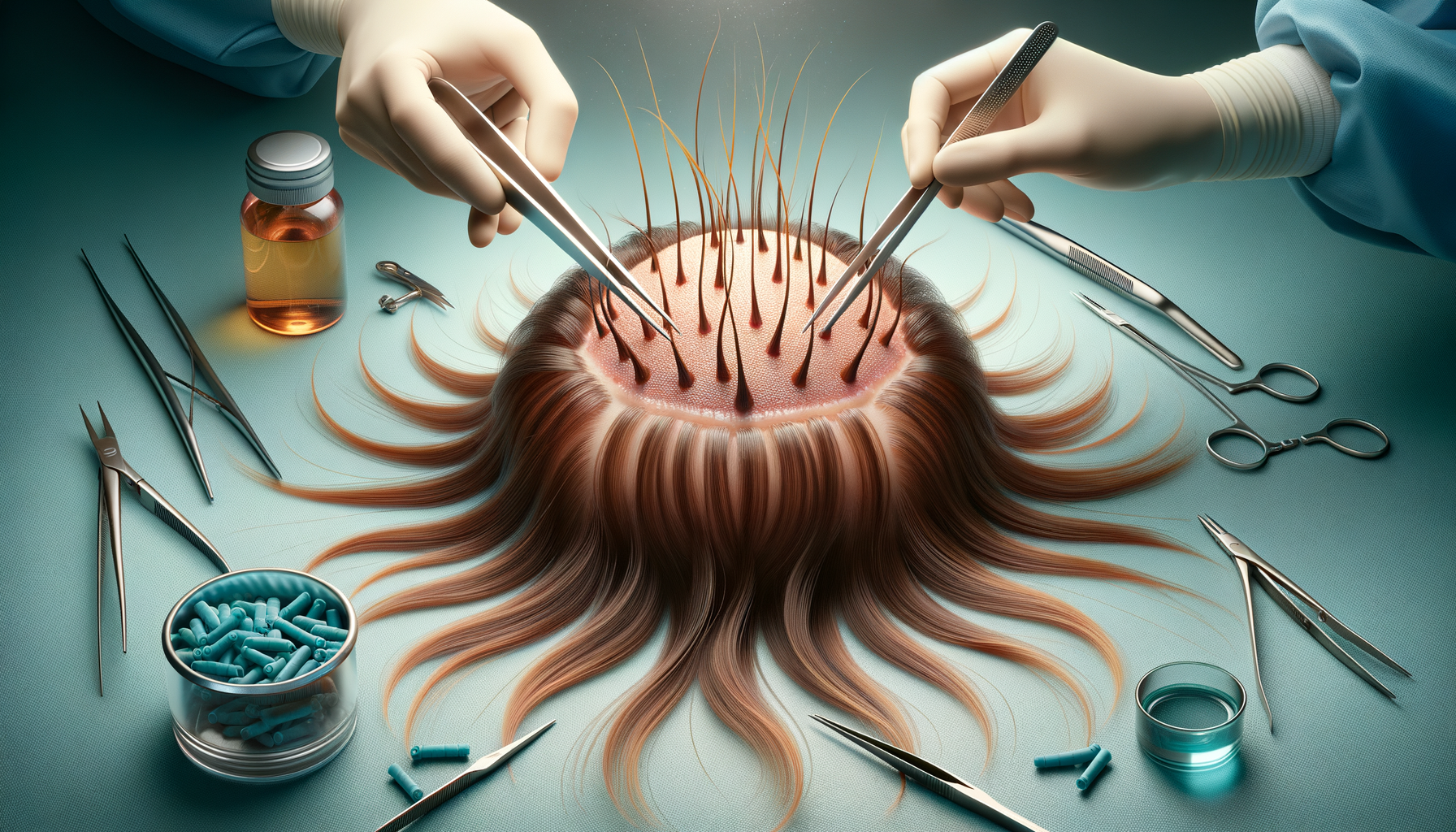The Basics of Hair Transplantation
Hair transplantation is a surgical technique that involves moving hair follicles from one part of the body, typically the back or sides of the scalp, to areas experiencing hair thinning or baldness. This procedure aims to restore hair growth and improve the aesthetic appearance of individuals suffering from hair loss. The two primary methods used in hair transplantation are Follicular Unit Transplantation (FUT) and Follicular Unit Extraction (FUE). Each method has its unique approach and benefits, making it essential for potential candidates to understand their options.
Follicular Unit Transplantation (FUT) involves removing a strip of scalp from the donor area and dissecting it into individual follicular units. These units are then transplanted into the recipient site. FUT is known for its ability to cover larger areas of baldness in a single session, although it may leave a linear scar in the donor region. On the other hand, Follicular Unit Extraction (FUE) involves extracting individual hair follicles directly from the scalp and implanting them into the balding areas. FUE is less invasive, resulting in minimal scarring and a quicker recovery time.
Both methods require careful consideration and consultation with a qualified surgeon to determine the most suitable option for the patient. Factors such as the extent of hair loss, donor hair availability, and personal preferences play a crucial role in the decision-making process. Understanding the basics of hair transplantation helps individuals make informed choices and set realistic expectations for the procedure.
Advantages and Considerations of Hair Transplants
Hair transplants offer several advantages for individuals seeking to address hair loss. One of the most significant benefits is the natural appearance of the transplanted hair. Since the procedure uses the patient’s own hair follicles, the results blend seamlessly with the existing hair, providing a natural look. Additionally, hair transplants are a permanent solution, as the transplanted hair is resistant to the hormone responsible for pattern baldness.
However, there are important considerations to keep in mind. The success of a hair transplant largely depends on the skill and experience of the surgeon. Therefore, choosing a reputable clinic with qualified professionals is crucial. It’s also important to have realistic expectations; while hair transplants can significantly improve hair density, they may not fully restore the original hair volume.
Potential candidates should also consider the cost of the procedure, which can vary based on the extent of hair loss and the chosen method. Moreover, the recovery process requires patience, as it may take several months for the transplanted hair to fully grow and blend with the existing hair. Despite these considerations, many individuals find that the long-term benefits of hair transplants outweigh the initial challenges, leading to improved self-esteem and confidence.
Post-Procedure Care and Expectations
After undergoing a hair transplant, proper post-procedure care is essential to ensure optimal results and a smooth recovery. Patients are typically advised to avoid strenuous activities and protect the scalp from direct sunlight for a few weeks following the surgery. It’s crucial to follow the surgeon’s instructions regarding washing and caring for the scalp to prevent infection and promote healing.
During the initial weeks, it’s normal for the transplanted hair to shed, a process known as “shock loss.” This is a temporary phase, and new hair growth should begin within a few months. Patients should expect gradual improvements in hair density over the course of six to twelve months as the transplanted follicles establish themselves and start producing new hair.
Regular follow-up appointments with the surgeon are important to monitor progress and address any concerns. Some patients may require additional sessions to achieve their desired results, especially if the initial transplant covered a large area. By maintaining realistic expectations and adhering to post-procedure guidelines, individuals can enhance the success of their hair transplant and enjoy a fuller head of hair.








